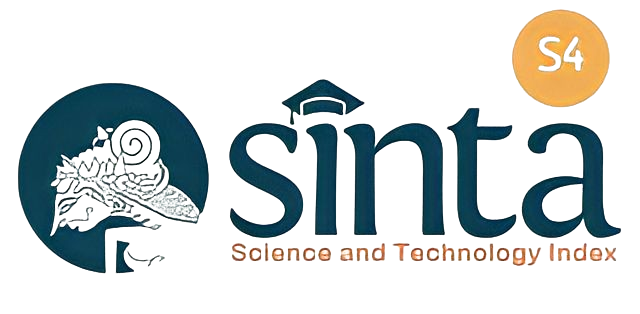Study of Traditional Village Arrangement in Rote Ndao District
DOI:
https://doi.org/10.38142/jtep.v3i2.612Keywords:
Tradition, Village, Arrangement, ConfessionAbstract
The regulation regarding the designation of customary villages is a form of formal juridical recognition by the government of the existence and rights of indigenous peoples who are spread throughout Indonesia, especially in Rote Ndao District. This research is a qualitative descriptive study with primary and secondary data sources collected through qualitative observation, qualitative interviews, qualitative documents search and qualitative audio and visual materials. ) then the data that has been collected is analyzed using the data analysis steps proposed by Miles, Huberman and Saldana (2014: 14) The results of the study found that the structuring of villages into traditional villages in Rote Ndao Regency does not fulfill several elements, namely; (a) customary territories and customary assets no longer function according to community development, (b) customary government institutions, solidarity of indigenous peoples and instruments of customary law norms that still exist and do not conflict with applicable laws and regulations, (c) solidarity indigenous peoples and instruments of customary law norms that still exist and do not threaten the sovereignty and integrity of the state and (d) customary territories, solidarity of indigenous peoples, customary government institutions, customary assets and instruments of customary law norms have partially disappeared and have not been recognized by the state while the inhibiting factors in village management, especially changing the status of a village to a traditional village in Rote Ndao Regency, namely; (a) bad policies and (b) the will of regional heads.
References
Abdullah, Irwan. 2010. Konstruksi dan Reproduksi Kebudayaan. Yogyakarta: Pustaka Pelajar.
Alting Husen. 2010. Dinamika Hukum dalam Pengakuan dan Perlindungan Hak. Masyarakat Hukum Adat Atas Tanah. Yogyakarta: LaksBang PRESSindo.
Bushar, Muhammad. 1976. Asas-Asas Hukum Adat. Jakarta: PT. Pradnya Paramita.
Departemen Pendidikan Nasional. 1988. Kamus Besar Bahasa Indonesia. Jakarta: Balai Pustaka.
Fajarini, U. 2014. Peranan Kearifan Lokal Dalam Pendidikan Karakter. Jakarta: Universitas Islam Negeri (UIN).
Greertz, Clifford. 2007. Abangan, Santri, Priyayi dalam Masyarakat Jawa. Jakarta: Pustaka Jaya.
Haba, John. 2007. Revitalisasi Kearifan Lokal: Studi Resolusi Konflik di. Kalimantan Barat, Maluku, dan Poso. Jakarta: ICIP dan European Commission.
https://dataindonesia.id/ragam/detail/ada-2161-komunitas-adat-di-indonesia-berikut-sebarannya
Koentjaraningrat, 2001. Kebudayaan Mentalitas dan Pembangunan. Jakarta: PT. Gramedia Pustaka Utama.
Miles,M.B, Huberman, A. M, dan Saldana,J. 2014. Qualitative Data Analysis, A. Methods Sourcebook, Edition 3. USA: Sage Publications.
Nurlin, Ibrahim. 2009. Hukum dan Sanksi Adat Perspektif Pembaharuan Hukum Pidana. Malang: Setara Press.
Pudentia. 2003. Hakikat Kelisanan Dalam Tradisi Melayu Mak Yong. Jakarta: FIB-UI.
Sibarani, Robert. 2012. Foklore sebagai Media dan Sumber Pendidikan: Sebua Ancangan Kurikulum dalam Pembentukan Karakter Siswa Berbasis Nilai Budaya Batak dalam Kearifan Lokal. Hakekat, Peran, dan Metode Tradisi Lisan (Endraswara Suwardi ed.) Jogyakarta: Lontar.
Sirtha I. N. 2008. Aspek Hukum Dalam Konflik Adat di Bali. Bali: Udayana University Press.
Surojo Wignjodipuro. 1982. Pengantar Dan Asas-asas Hukum Adat. Jakarta: Gunung Agung.
Wales, H. G. Quaritch, 1948. The Making of Greater India A Study of South East Asian Culture Change. Journal of Royal Asiatic Society: 2-32.
Downloads
Published
Issue
Section
License
Copyright (c) 2023 Hendrikhsan A.B. MESSAKH, Ajis Salim Adang DJAHA, Hendrik TODA

This work is licensed under a Creative Commons Attribution-NonCommercial 4.0 International License.
Creative Commons Attribution-NonCommercial 4.0 International License.























